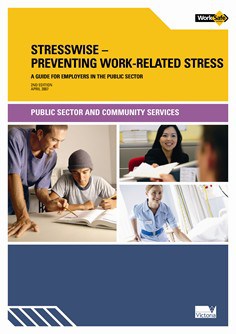Several colleagues have pointed to a young worker safety website that was established in Canada several years ago, http://www.notworthit.ca/ . The site, part of the WCB’s Young Worker campaign, won an award from American Association of State Compensation Insurance Funds in their annual Communications Awards in 2007.
There are remarkable similarities to The Pain Factory, even to the point of encoruaging young workers to tell their own stories. The similarity is, perhaps, justified when considering the safety message is aimed at the same demographics, however it shows that originality is rare in occupational health and safety promotions. Certainly the use of internet videos is a marked difference between the sites but the success of NotWorthIt should be remembered if The Pain Factory is also put forward for advertising or communications awards.
WorkSafe CEO, John Merrit is a strong advocate of his organisation’s young worker campaign.


